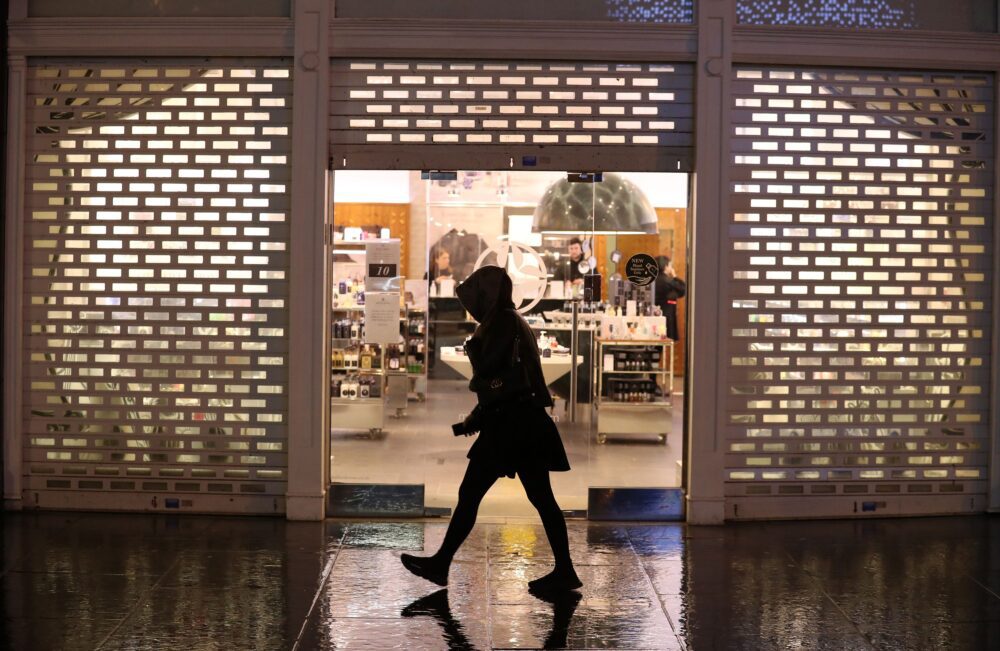Empty shop fronts soared higher across UK shopping destinations in the first three months of the year, according to new figures.
The latest BRC-LDC shop vacancy monitor has revealed that the vacancy rate across the country increased to 14.1% in the quarter to the end of March, from 13.7% in the last three months of 2020.

It said this represents three years of constantly increasing vacancy rates.
All types of shopping locations reported an increase in vacancies for the period, with a particularly sharp rise at shopping centres.
The figures revealed that the proportion of empty units at shopping centres increased to 18.4% from 17.1% in the previous quarter.
On the high street, the number of vacancies was in line with the overall average, with about 14.1% of store fronts laying empty before the reopening of non-essential retail earlier this month.
The data also showed a particularly high proportion of empty units in the north of England.
In the North East, vacancy rates rose to 19.3% for the quarter, with rates of 17.3% in the North West.
Helen Dickinson, chief executive of the BRC (British Retail Consortium), said: “After a third national lockdown, it is no surprise that the vacancy rate has continued to soar.
“The forced closure of thousands of shops during the first quarter of 2021 has exacerbated already difficult conditions for the retail industry.
“We estimate there are around 5,000 fewer stores since the start of the pandemic, meaning one in seven shops now lie empty.
“With full business rates relief and the moratorium on aggressive debt enforcement ending in England this summer, many stores may never reopen.”
Lucy Stainton, director at Local Data Company, said: “The number of vacant units has continued to increase in the first three months of this year across the country, despite much of the market being temporarily closed during the third lockdown.
“With this in mind, and despite these percentages increasing significantly, we would argue that we have not yet seen the true impact of this third lockdown and this will only be obvious once the market has had the chance to reopen fully.
“We have seen a number of household names announcing further store closures or indeed disappearing from our high streets entirely, showing how challenged physical retail continues to be.”

















